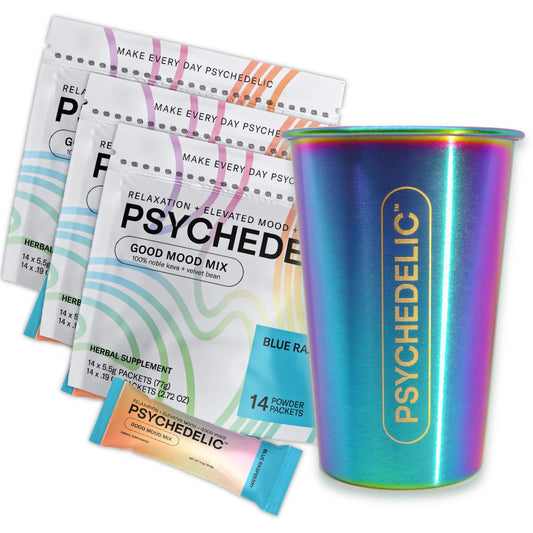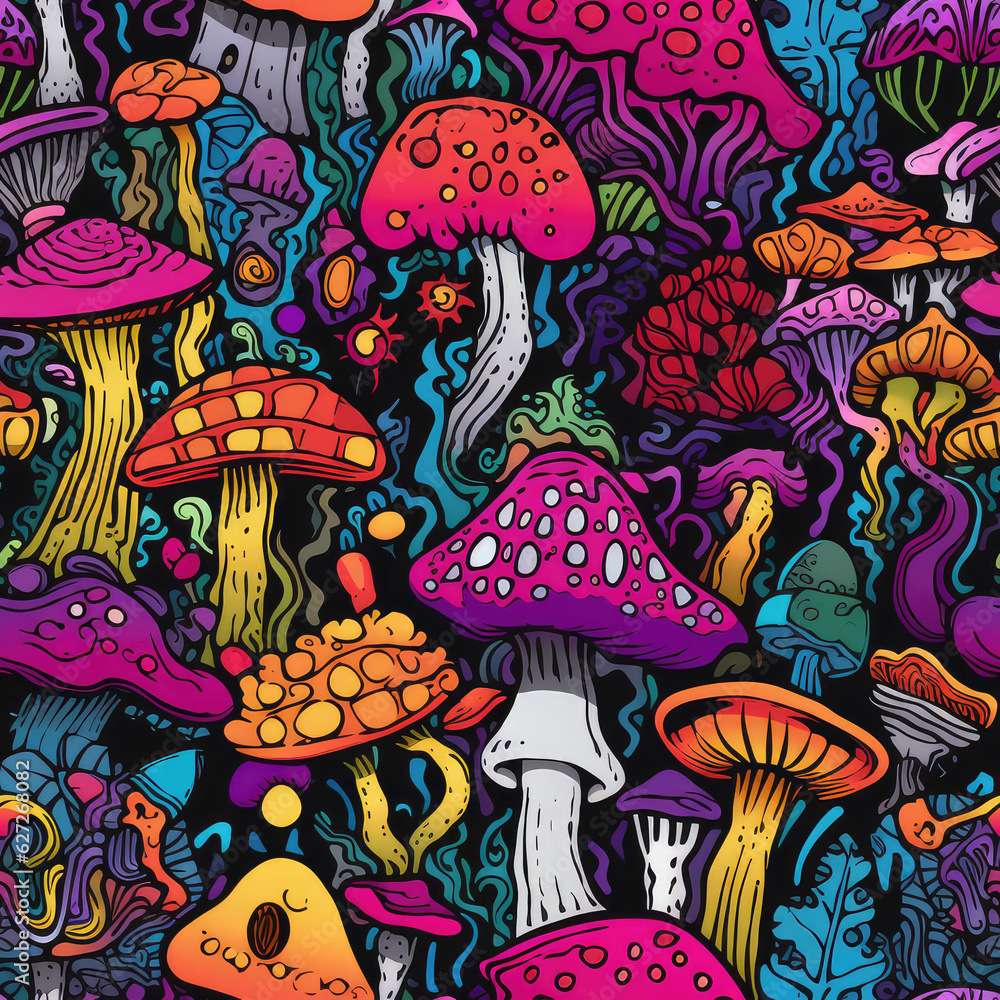Uncover the Benefits About Golden Psycho That Make It Unique.
Everything About Psychotomimetic Substances: Their Role in Psychological Research Study
Psychotomimetic substances, such as LSD and psilocybin, have actually amassed boosting passion in mental research study for their ability to duplicate psychotic signs and give insight into different mental health conditions. Their communications within the mind, particularly with serotonin and dopamine paths, suggest a complicated relationship between awareness and neurobiology that may unlock novel restorative opportunities. As scientists remain to explore their prospective applications, ethical considerations surrounding their usage in professional settings become critical, elevating essential inquiries about security and notified consent that warrant further expedition.
Interpretation of Psychotomimetic Substances
In the realm of emotional research study, psychotomimetic compounds are compounds that can cause impacts resembling those of psychosis, such as hallucinations, misconceptions, and altered understandings of fact - About Golden Psycho. These compounds can be categorized into various groups, consisting of hallucinogens, dissociatives, and specific stimulants, each generating unique emotional results
The medicinal action of psychotomimetic substances frequently entails inflection of natural chemical systems, particularly those associated to serotonin, dopamine, and glutamate. For example, substances like lysergic acid diethylamide (LSD) mainly act upon serotonin receptors, resulting in extensive modifications in sensory understanding and cognition.
The energy of psychotomimetics in study exists in their capacity to resemble psychotic signs, providing a design for comprehending the underlying mechanisms of psychotic problems such as schizophrenia. By researching the impacts of these compounds, researchers can obtain insights right into the neurobiological and mental procedures that contribute to psychosis.
Additionally, psychotomimetic substances have been explored for their therapeutic capacity in dealing with various mental wellness problems, consisting of clinical depression and anxiousness, highlighting their double duty in both study and potential medical applications.
Historical Growth and Context
The expedition of psychotomimetic compounds has a rich historical context that goes back to old civilizations, where substances such as psilocybin mushrooms and peyote were made use of in spiritual and healing techniques. These early uses usually intertwined with religious rituals, suggesting a profound reverence for the transformed states of awareness generated by these substances.
The mid-20th century marked a significant turning factor in the research of psychotomimetic substances, especially with the synthesis of LSD by Albert Hofmann in 1938. The succeeding popularization of LSD in the 1960s militarized a wave of passion in both its psychological effects and potential restorative applications. Scientists began to examine just how these substances could resemble psychotic states, offering understandings into mental disorder.
Nevertheless, the raising organization of psychotomimetics with counterculture motions brought about regulatory reaction, culminating in the criminalization of much of these substances. Despite these obstacles, the revival of passion in the healing capacity of psychedelics in the 21st century has actually prompted restored research study. This historical trajectory emphasizes the developing understanding of psychotomimetic compounds, changing from spiritual materials to topics of scientific questions and, possibly, healing promise.
Systems of Action
Recognizing the mechanisms of action of psychotomimetic substances exposes the detailed ways these materials interact with the mind's neurochemistry. These substances primarily exert their results with modulation of natural chemical systems, specifically serotonin, dopamine, and glutamate.
In addition to serotonin, dopaminergic paths are considerably influenced by substances like mescaline and certain cannabinoids, which can cause altered states of awareness and changes in mood and inspiration. In addition, the NMDA receptor animosity observed with compounds like ketamine highlights an additional path where psychotomimetics may generate dissociative states and profound alterations in thought processes.
The neurochemical waterfalls started by these interactions cause complex and complex psychological effects. Comprehending these devices is vital for both the innovation of emotional study and the therapeutic possibility of psychotomimetic compounds, as they offer understandings into the underlying neural correlates of transformed states of awareness.
Current Study and Applications
Recent examinations into psychotomimetic compounds have actually exposed a resurgence of interest in their healing applications, specifically in the areas of psychiatry and psychology. Researchers have started discovering materials such as psilocybin, LSD, and ayahuasca for their prospective to reduce symptoms related to different mental health and wellness problems, consisting of anxiety, stress and anxiety, and PTSD.
Professional trials have actually demonstrated that, when administered in regulated environments, these substances can promote extensive psychological experiences, advertising psychological breakthroughs and improved restorative outcomes. Studies have revealed that psilocybin-assisted therapy can lead to considerable decreases in treatment-resistant anxiety, with results lasting for several months post-treatment.
Furthermore, psychotomimetic compounds are being reviewed for their ability to foster neuroplasticity, possibly permitting more efficient rewiring of maladaptive thought patterns. These findings recommend that such substances might serve as complements to conventional psychotherapeutic methods, enhancing the effectiveness of restorative interventions.
As study proceeds, the focus is moving in the direction of recognizing the ideal dosages, restorative settings, and individual attributes that can maximize the benefits of these compounds. This burgeoning field holds promise for Our site changing psychological wellness treatment standards and look here addressing the restrictions of conventional psychological drugs.
Ethical Considerations in Research Study

Browsing the ethical landscape of research involving psychotomimetic substances is essential to making certain participant safety and security and the honesty of study outcomes. Scientists have to prioritize enlightened consent, ensuring that individuals totally recognize the possible threats and benefits related to the materials being researched. This consists of giving detailed information concerning possible psychological results, consisting of acute and long-term influences, and permitting individuals the possibility to withdraw from the research any time scot-free.
In addition, ethical oversight by institutional testimonial boards (IRBs) is crucial. IRBs review research study procedures to safeguard individual welfare and maintain moral requirements. This scrutiny assists reduce dangers and ensures that research studies are carried out with scientific roughness. In addition, the possibility for coercion must be very carefully assessed, especially when prone populations are entailed.
Discretion is another extremely important consideration. Scientists have to implement robust procedures to shield individuals' identifications and data, specifically offered the delicate nature of experiences linked with psychotomimetic compounds (About Golden Psycho). Eventually, a commitment to ethical techniques not just promotes count on in between researchers and individuals yet additionally improves the integrity and credibility of the research results, contributing to the advancement of mental expertise

Final Thought
To conclude, psychotomimetic substances, especially traditional psychedelics such as LSD and psilocybin, offer substantial understandings into mental conditions via their distinct systems of activity. Their healing potential in attending to his explanation conditions like anxiousness and PTSD underscores the significance of continued research study in this area. Making sure moral criteria in study practices is crucial for participant safety and educated approval, allowing for a liable exploration of these compounds' benefits and effects within emotional science.